Comments / Questions (3)
![]() Luhaib Alsammarraie wrote:
Luhaib Alsammarraie wrote:
Hi, I read the pattern but I don’t see any reference to A3 chart although it’s displayed there with A1 and 2. Could I have missed it?
04.11.2024 - 16:58DROPS Design answered:
Dear Mrs Alsammarraie, A.3 is used for front edges, read more under BANDS at the beginning of the written pattern. Happy knitting!
05.11.2024 - 09:14
![]() Chantal FRERE wrote:
Chantal FRERE wrote:
Bonjour, quelle laine peut remplacer la drops air pour le modèle ai-233. En effet, je crains la laine et l'alpaga. Je vous remercie de votre réponse. Bien cordialement, Chantal
11.01.2022 - 14:18DROPS Design answered:
Bonjour Mme Frere, retrouvez toutes les indications sur les alternatives ici; et utilisez notre convertisseur pour voir les différentes alternatives possibles, et les quantités correspondantes. Votre magasin saura vous conseiller de façon personnalisée, même par mail ou téléphone, si besoin. Bon tricot!
11.01.2022 - 14:35
![]() Suzie wrote:
Suzie wrote:
Bonjour, je ne sais pas comment faire du jacquard en même temps que des augmentations afin de conserver le motif de couleur différente, est-ce qu'il y a une vidéo explicative ? Merci beaucoup par avance...
04.01.2021 - 19:48DROPS Design answered:
Bonjour Suzie, suivez simplement le diagramme, les augmentations (= jetés de l'avant-dernier et du dernier symbole de la légende) figurent dans A.2: ces jetés doivent être faits avec la couleur de la maille précédente (= la couleur du fond du motif de ce rang). Bon tricot!
05.01.2021 - 11:15
Winter Fjords Jacket#winterfjordsjacket |
||||||||||||||||||||||||||||
 |
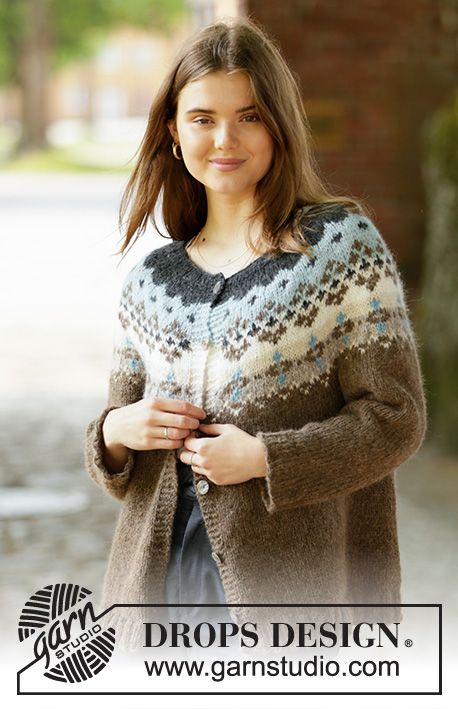 |
|||||||||||||||||||||||||||
Knitted jacket with round yoke in DROPS Air. The piece is worked top down with Nordic pattern. Sizes S – XXXL.
DROPS 207-22 |
||||||||||||||||||||||||||||
|
------------------------------------------------------- EXPLANATIONS FOR THE PATTERN: ------------------------------------------------------- RIDGE/GARTER STITCH (worked back and forth): Knit all rows. 1 ridge = Knit 2 rows. . PATTERN: See diagrams A.1 to A.3. (A.3 shows which color the bands are worked in). The diagrams show all rows in the pattern seen from the right side. NOTE: To make the yarn-over symbol easier to see, there are 2 different symbols used in the diagrams. Both yarn overs are worked twisted on the next row to avoid holes. BANDS: The bands are worked in the background color in the pattern. Colors shown in diagram A.3. INCREASE TIP-1 (evenly spaced): To work out how to increase evenly, count the total number of stitches on the needle (e.g. 92 stitches) minus bands (e.g. 10 stitches) and divide the remaining stitches by the number of increases to be made (e.g. 9) = 9.1. In this example, increase by making 1 yarn over after approx. each 9th stitch. Do not increase on bands. On the next row (wrong side) work the yarn overs twisted to avoid holes. INCREASE TIP-2 (for sides of body): All increases are worked from the right side! Work until there are 2 stitches left before the marker thread, make 1 yarn over, knit 4 (marker thread sits between these 4 stitches) make 1 yarn over (= 2 stitches increased at each marker thread; 4 stitches increased on round). On the next row purl the yarn overs twisted to avoid holes. Then work the new stitches in stockinette stitch. DECREASE TIP (for sleeves): Decrease 1 stitch on each side of the marker thread as follows: Work until there are 3 stitches left before the marker thread, knit 2 together, knit 2 (marker thread sits between these 2 stitches), slip 1 stitch as if to knit, knit 1 and pass the slipped stitch over the knitted stitch. BUTTONHOLES: Work buttonholes on the right band (when the garment is worn). Work from the right side when there are 3 stitches left on the row as follows: Make 1 yarn over, knit 2 together and knit 1. On the next row (wrong side), knit the yarn over to leave a hole. The first buttonhole is worked when the rib on the neck measures 3 cm = 1⅛". Then work the other 5-5-6-6-6-6 buttonholes with approx. 10½-10½ -9½ -9½-10-10 cm = 4⅛"-4⅛"-3¾"-3¾"-4"-4" between each one. ------------------------------------------------------- START THE PIECE HERE: ------------------------------------------------------- JACKET – SHORT OVERVIEW OF THE PIECE: The piece is worked back and forth with circular needle, top down. The sleeves are worked in the round with short circular needle/double pointed needles. The bands are worked in the background color - read BANDS! NECK: Cast on 92-96-100-104-112-116 stitches with circular needle size 4 mm = US 6 and black. Purl 1 row from the wrong side then work rib as follows (first row from right side): 5 band stitches in GARTER STITCH – read description above, (knit 2, purl 2) until there are 7 stitches left on the row, knit 2 and finish with 5 band stitches in garter stitch. Continue this rib back and forth for 3 cm = 1⅛" – adjust so the next row is from the right side. Remember BUTTONHOLES on the right band – read description above! YOKE: Change to circular needle size 5.5 mm = US 9 and knit 1 row from the right side at the same time as you increase 9-15-16-17-19-25 stitches evenly spaced – read INCREASE TIP-1 = 101-111-116-121-131-141 stitches. Work 3 rows with stockinette stitch and 5 band stitches in garter stitch on each side. Now work pattern as follows: 5 band stitches in garter stitch, A.1 (= 1 stitch), repeat A.2 (= 5 stitches) until there are 5 stitches left on the row (= a total of 18-20-21-22-24-26 repeats of A.2 in width), 5 band stitches in garter stitch. REMEMBER THE KNITTING GAUGE! When A.1 and A.2 have been completed in height there are 227-251-263-275-299-323 stitches on the needle. The piece measures approx. 24 cm = 9½" from the cast-on edge down. Continue with brown until the piece measures 25-27-29-31-33-35 cm = 9¾"-10⅝"-11⅜"-12¼"-13"-13¾", AT THE SAME TIME when the piece measures 24-25-27-29-31-33 cm = 9½"-9¾"-10⅝"-11⅜"-12¼"-13" increase 0-0-7-9-11-13 stitches evenly spaced – remember INCREASE TIP-1 = 227-251-270-284-310-336 stitches. The next row from the wrong side is worked as follows: Work the first 36-39-42-45-50-55 stitches (= left front piece), place the next 47-52-56-57-60-63 stitches on a thread for sleeve, cast on 8-8-8-10-10-10 new stitches on the needle (= in side under sleeve), work the next 61-69-74-80-90-100 stitches (= back piece), place the next 47-52-56-57-60-63 stitches on a thread for sleeve, cast on 8-8-8-10-10-10 new stitches on the needle (= in side under sleeve) and work the next 36-39-42-45-50-55 stitches (= right front piece). Body and sleeves are finished separately. THE PIECE IS NOW MEASURED FROM HERE! BODY: = 149-163-174-190-210-230 stitches. Insert a marker thread in each side in the middle of the 8-8-8-10-10-10 stitches cast on under each sleeve (= 4-4-4-5-5-5 new stitches on each side of the threads). Continue back and forth with brown, working stockinette stitch and 5 band stitches in garter stitch on each side towards mid front. When the piece measures 4 cm = 1½" increase 1 stitch on each side of both marker threads – read INCREASE TIP-2. Repeat the increase when the piece measures 16 cm = 6¼" = 157-171-182-198-218-238 stitches. When the piece measures 31 cm = 12¼" increase 23-25-26-30-30-34 stitches evenly spaced = 180-196-208-228-248-272 stitches. Change to circular needle size 4 mm = US 6 and work rib as follows: 5 band stitches in garter stitch, (knit 2/ purl 2) until there are 7 stitches left on the row, knit 2 and work 5 band stitches in garter stitch. When the rib measures 4 cm = 1½", bind off with knit over knit and purl over purl; make sure the bind-off edge is not tight, you can bind off with a larger size needle if this is a problem. The jacket measures approx. 60-62-64-66-68-70 cm = 23⅝"-24⅜"-25¼"-26"-26¾"-27½" from the shoulder down mid front. SLEEVE: Place the 47-52-56-57-60-63 stitches from the thread on the one side of the piece on short circular needle/double pointed needles size 5.5 mm = US 9 and knit up (using brown) 1 stitch in each of the 8-8-8-10-10-10 stitches cast on under the sleeve = 55-60-64-67-70-73 stitches. Insert 1 marker thread in the middle of the 8-8-8-10-10-10 stitches (= 4-4-4-5-5-5 new stitches on each side of the marker thread. Start the round here and work stockinette stitch in the round with brown. When the piece measures 4-4-4-4-4-5 cm = 1½"-1½"-1½"-1½"-1½"-2" from the division decrease 2 stitches under the sleeve – read DECREASE TIP. Decrease like this every 3-2½-2-2-2-1½ cm = 1⅛"-1"-¾"-¾"-¾"-½" a total of 10-12-13-13-14-15 times = 35-36-38-41-42-43 stitches. When the piece measures 37-36-34-33-31-30 cm = 14 12"-14¼"-13⅜"-13"-12¼"-11¾", increase 5-4-6-7-6-9 stitches evenly spaced = 40-40-44-48-48-52 stitches. Change to double pointed needles size 4 mm = US 6 and work rib (= knit 2/ purl 2) for 4 cm = 1½"; make sure the bind-off edge is not tight, you can bind off with a larger size needle if this is a problem. The sleeve measures 41-40-38-37-35-34 cm = 16⅛"-15¾"-15"-14½"-13¾"-13⅜" from the division. Work the other sleeve in the same way. |
||||||||||||||||||||||||||||
Diagram explanations |
||||||||||||||||||||||||||||
|
||||||||||||||||||||||||||||
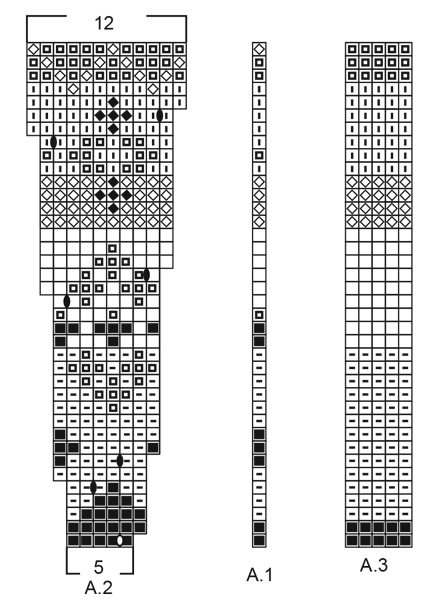
|
||||||||||||||||||||||||||||
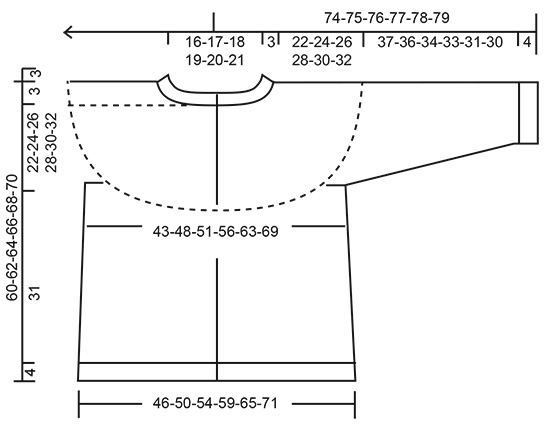
|
||||||||||||||||||||||||||||
Have you finished this pattern?Tag your pictures with #dropspattern #winterfjordsjacket or submit them to the #dropsfan gallery. Do you need help with this pattern?You'll find 27 tutorial videos, a Comments/Questions area and more by visiting the pattern on garnstudio.com. © 1982-2025 DROPS Design A/S. We reserve all rights. This document, including all its sub-sections, has copyrights. Read more about what you can do with our patterns at the bottom of each pattern on our site. |
||||||||||||||||||||||||||||







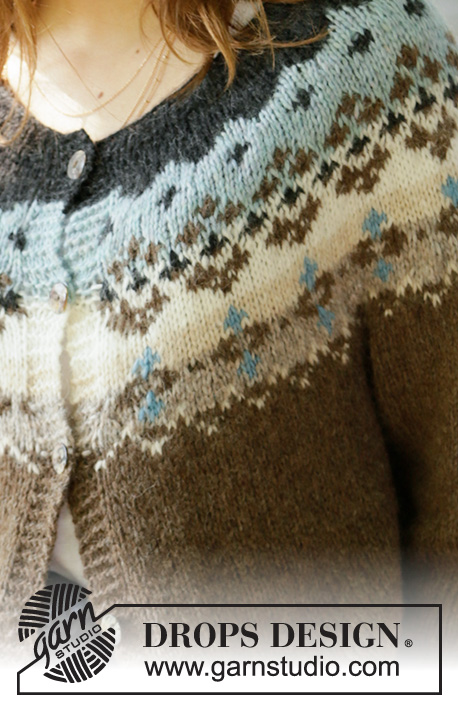

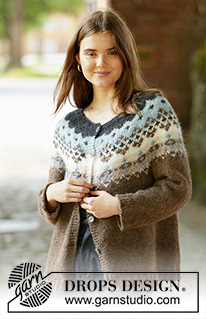
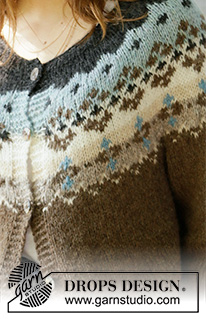



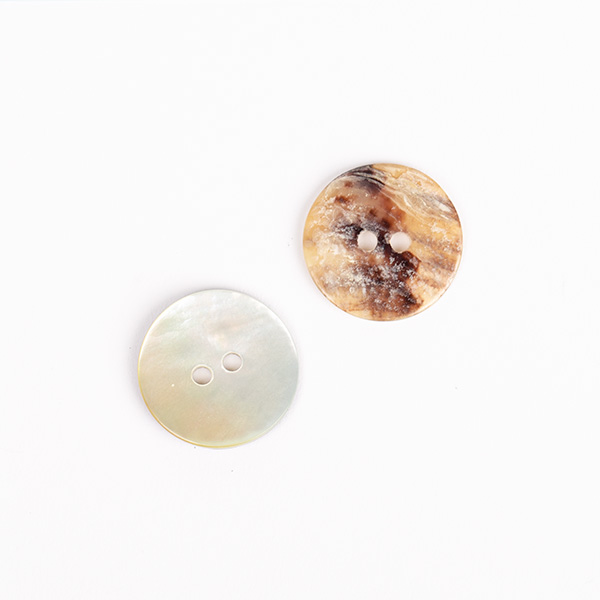

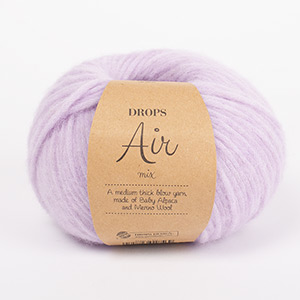
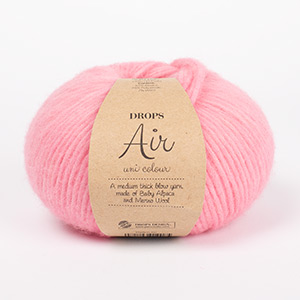
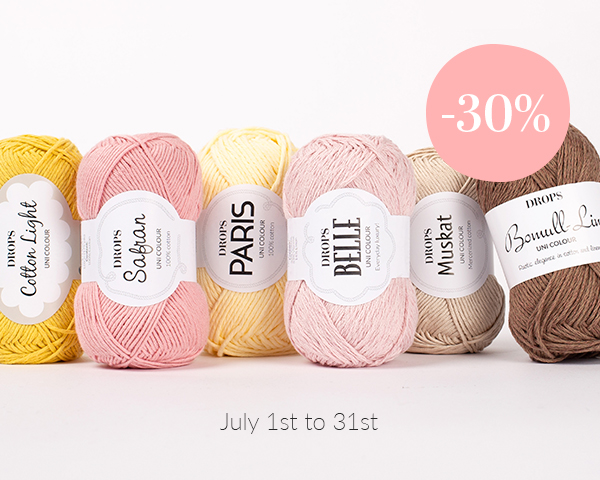




















































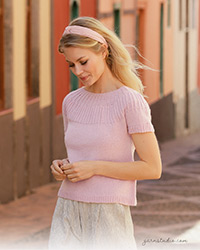
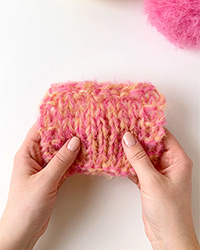
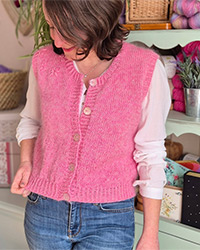
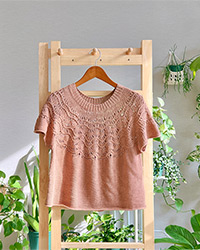
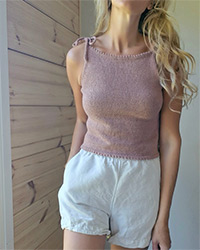
Post a comment to pattern DROPS 207-22
We would love to hear what you have to say about this pattern!
If you want to leave a question, please make sure you select the correct category in the form below, to speed up the answering process. Required fields are marked *.